
How fast do electric bikes go?
Electric bikes, or e-bikes, have become a popular choice for commuting, leisure, and even off-road adventures. One common question is, "How fast do electric bikes go?" The answer varies based on the motor power, battery capacity, and local regulations.
In this article, we'll explore the different factors that influence e-bike speeds, compare them to other modes of transportation, and discuss the legal aspects of e-bikes in certain areas.
How Fast Do Electric Bikes Go in the UK?
In the UK, electric bikes are subject to specific regulations. To be classified as an Electrically Assisted Pedal Cycle (EAPC), the bike must meet the following criteria:
-
The motor must have a maximum power output of 250 watts.
-
The motor should not provide assistance when the bike is traveling more than 15.5 mph (25 km/h) .
These regulations mean that e-bikes in the UK are primarily designed for urban commuting and leisure riding. However, factors like terrain and weather can affect the actual speed. To understand how fast electric bikes go in the UK, it’s important to take in the context of geographical difficulties that might not exist elsewhere. For instance, riding uphill or against strong winds may reduce your speed, while downhill rides can increase it.
It's also important to note that e-bikes meeting these criteria do not require a licence, registration, or insurance, making them accessible to a wide range of riders. However, if an e-bike exceeds these limits, it may be classified as a moped or motorcycle, subject to different regulations.
How Fast Do Electric Bikes Go Without Pedaling?
Some e-bikes come equipped with a throttle, allowing riders to accelerate without pedaling. These are typically classified as Class 2 e-bikes. The motor assistance on these bikes usually cuts off at 20 mph (32 km/h). However, it's important to note that in the UK, throttle-controlled e-bikes are subject to different regulations.
According to UK law, e-bikes must have pedal assistance, and the motor should cut off at 15.5 mph (25 km/h). To go any faster than this, a rider must use the pedals as well for extra speed.
Riding an e-bike without pedaling can be convenient, especially in traffic or when starting from a stop. However, relying solely on the throttle can drain the battery more quickly, reducing the overall range. Additionally, some riders prefer the exercise component of pedaling, which also helps extend battery life.
It's worth noting that while throttle-controlled e-bikes offer ease of use, they may not be allowed on certain bike paths or trails. This is because there are different regulations depending on how fast the electric bike can go, so always check the rules in your area before using the throttle feature exclusively.
Legal Considerations and Regulations on How Fast an Electric Bike Can Go:
Understanding the legal aspects of e-bike usage is crucial. In the UK, as mentioned earlier, e-bikes must have a maximum motor power of 250 watts and should not provide assistance above 15.5 mph (25 km/h). Riders must be at least 14 years old, but no licence, registration, or insurance is required .
However, if an e-bike exceeds these specifications, it may be classified differently, requiring registration, insurance, and a valid driving licence. Always check local regulations before purchasing or riding an e-bike, especially if you're considering models with higher speeds or power outputs.
Additionally, some areas may have specific rules regarding where e-bikes can be ridden, such as bike lanes, roads, or trails, depending on how fast the electric bike can go. Adhering to these rules ensures safety for all road users and helps promote the responsible use of e-bikes.
How Battery Affects Range and How Fast an Electric Bike Can Go:
Range is basically how far your e-bike can go on a single charge. For casual riders, a range of 20–30 miles (32–48 km) is often enough. But if you plan on longer commutes or weekend rides, you might need 50 miles (80 km) or more. That means getting a bike with a bigger battery or bringing a charger to top off during the day.
Battery range depends on a lot of things, your speed, weight, hills, wind, and how much you rely on the motor. Most brands give an estimated range, but it’s usually based on ideal conditions. In real life, you might get less than that. That’s why it’s smart to get a bike with a bit more range than you think you’ll need.
Charging time is also worth thinking about. Most e-bike batteries take 3 to 6 hours to fully charge. Some models let you remove the battery and charge it indoors, which is helpful if you live in a flat or want to charge at work.
Battery Size and Its Impact on How Fast an Electric Bike Can Go
Battery size plays a big role in how electric bikes perform, not just how far they can go, but also how fast an electric bike can go. Most e-bikes use lithium-ion batteries, and their capacity is usually measured in watt-hours (Wh). A higher Wh rating means more stored energy, which can power the motor for longer distances and provide better support at higher speeds.
That said, battery size alone doesn’t determine speed. It works together with the motor's power, measured in watts. A strong motor with a small battery might give you a quick boost, but the ride won’t last long. On the other hand, a big battery with a weaker motor might stretch the ride out but feel underpowered, especially uphill.
Also, how you ride matters. Using full throttle drains the battery faster than pedal assist. Hills, weight (both the rider’s and any cargo), and weather conditions can all reduce battery performance too. Riders who live in hilly areas or ride long distances should consider higher-capacity batteries for more reliable speed and range.
Other Things That Affect How Fast an Electric Bike Can Go
A few more things can change how fast electric bikes go. Tyre size and pressure can make a noticeable difference. Larger, knobbier tyres are better for off-road rides but create more resistance on pavement. If you want speed on roads, thinner tyres with higher pressure roll faster.
Your own weight and any cargo matters, too. Heavier loads make the motor work harder, especially on hills. That can reduce both speed and battery life. Riding style plays a part as well. Some people like to cruise slowly and enjoy the view, while others push the assist to the max.
Even software settings on the bike can affect speed. Some brands let you adjust assist levels or update the bike’s firmware for better performance. If you're curious about how your bike works, check the manual or visit the manufacturer's website for tips on optimizing performance.
Average Speed of an Electric Bike in Different Places
Electric bike speed can also depend on where you're riding. In flat cities with bike-friendly infrastructure, like Amsterdam or Copenhagen, riders can easily cruise at 15–20 mph (24–32 km/h) without much strain. Good paths, fewer stops, and lighter traffic help keep the pace up.
In hilly places like San Francisco or parts of the UK, the electric bike average speed drops. Riders need to climb more, and the motor works harder. That burns through the battery faster and might force slower speeds to conserve power. Weather also matters. Headwinds and rain slow you down, and slippery roads might mean braking more often.
In rural areas or trails, average speeds vary even more. Some people ride e-bikes to relax and enjoy nature, not go fast. In these cases, speeds of 10–12 mph (16–19 km/h) are totally normal. So average speed isn’t just about the bike. It depends a lot on the environment and the rider’s goals.
Safety and Speed Limits:
With higher speeds come more safety concerns. That’s why many countries limit how fast e-bikes can go with motor assistance. In most of Europe and the UK, the limit is 15.5 mph (25 km/h). In the US, some e-bikes can go up to 28 mph (45 km/h) with pedal assist, depending on the class.
These limits are important. They help keep e-bikes in the same category as regular bikes, which means they can use bike lanes and paths. If e-bikes were faster, they’d likely need to follow motor vehicle laws, which would mean helmets, licences, and insurance.
It’s also smart to wear a helmet, even if your area doesn’t require it. At 20 mph, a fall can still cause serious injuries. Lights, reflectors, and proper maintenance make a big difference too. Higher speeds feel fun, but being safe lets you enjoy the ride without unnecessary risks.
Final Thoughts on How Fast Electric Bikes Go:
Electric bikes are fast enough to replace a car for short trips but still manageable for beginners. How fast they go depends on a mix of motor power, battery size, rider input, and the type of terrain. Casual city bikes might top out at 15–20 mph, while electric dirt bikes can push 60 mph or more.
For anyone interested in trying one, it’s a good idea to explore different types and features before buying. A great starting point is this helpful guide on how fast do electric bikes go, which breaks it down in a simple way. It covers key details about speed, range, and regulations in a way that’s easy to understand.
Electric bikes aren’t just about speed, they’re about making riding easier, more fun, and more accessible. Whether you're cruising through traffic, climbing trails, or just going out for a ride, e-bikes give you options. Think about what kind of riding you want to do, and there’s probably an e-bike that fits.













































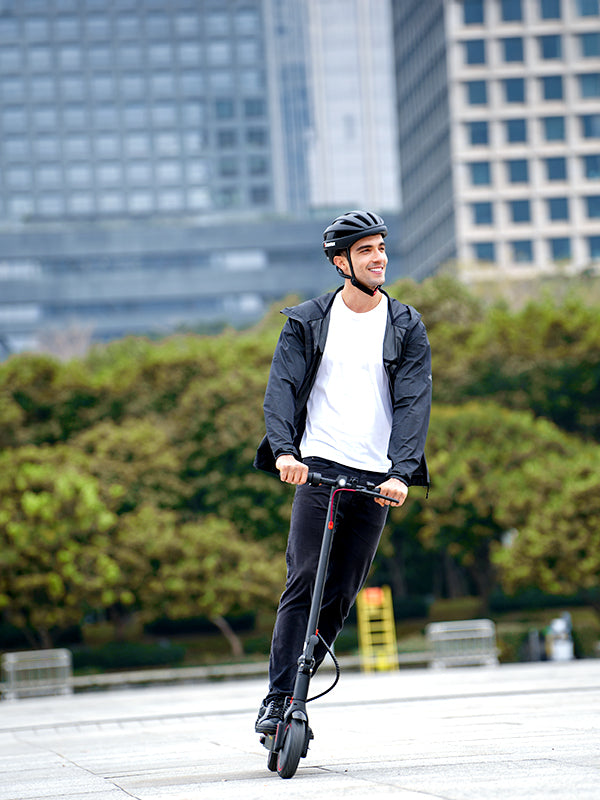


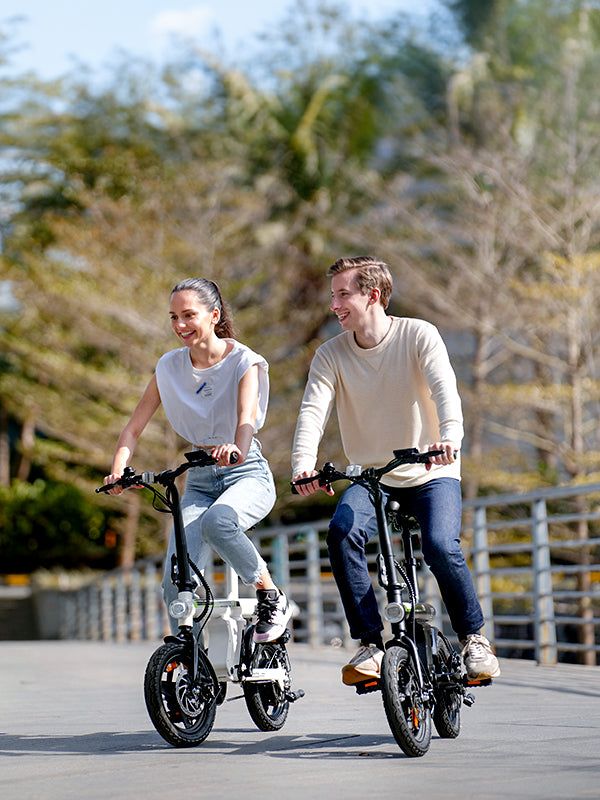

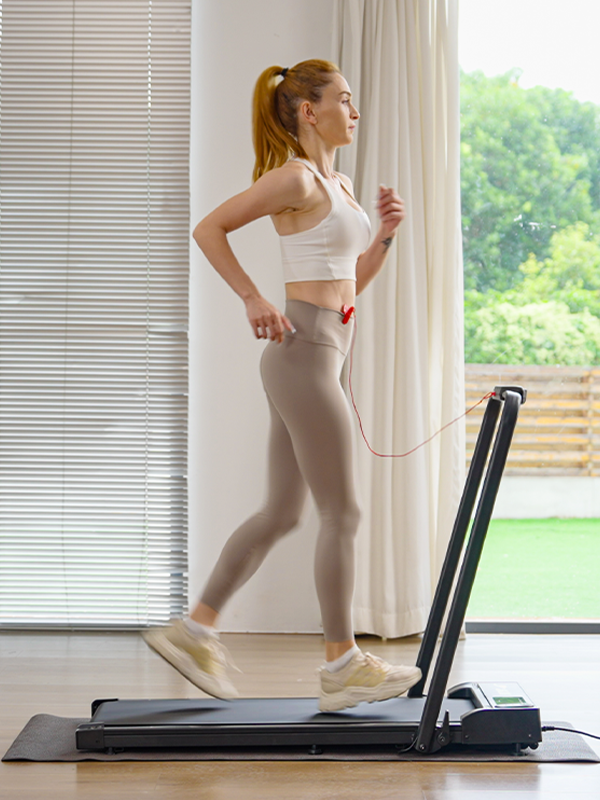





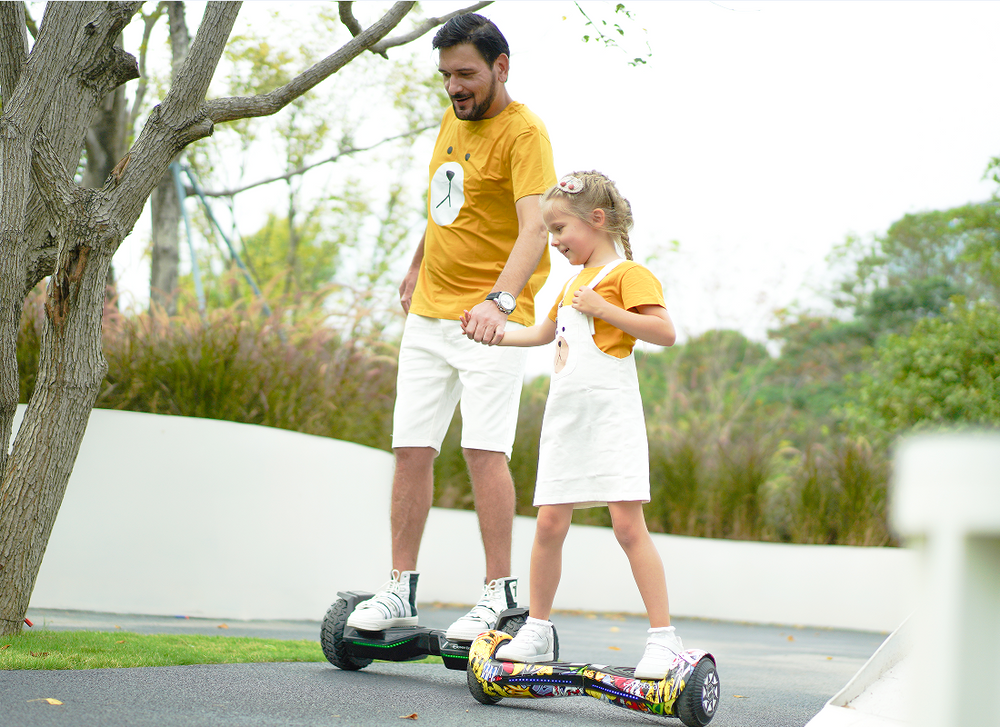
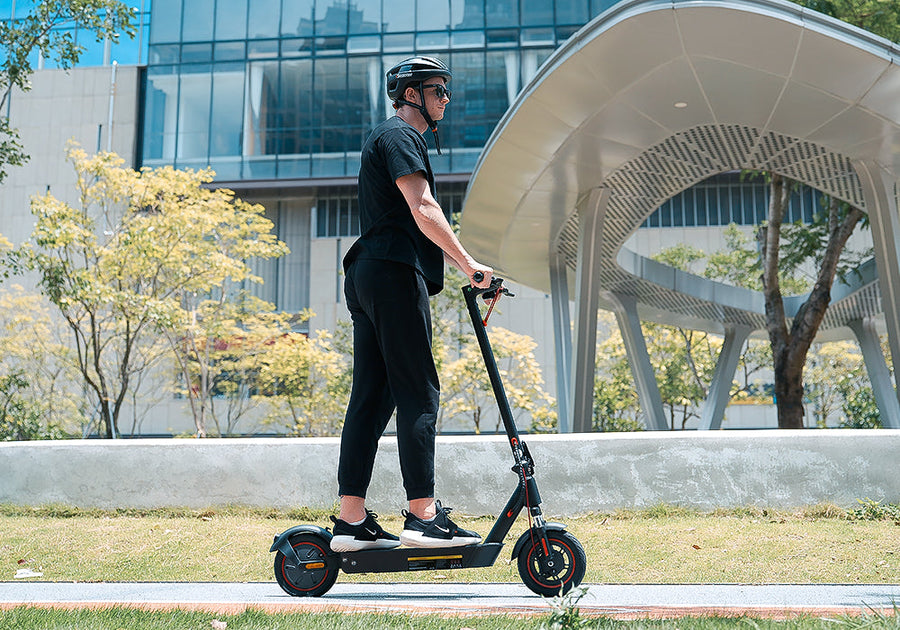

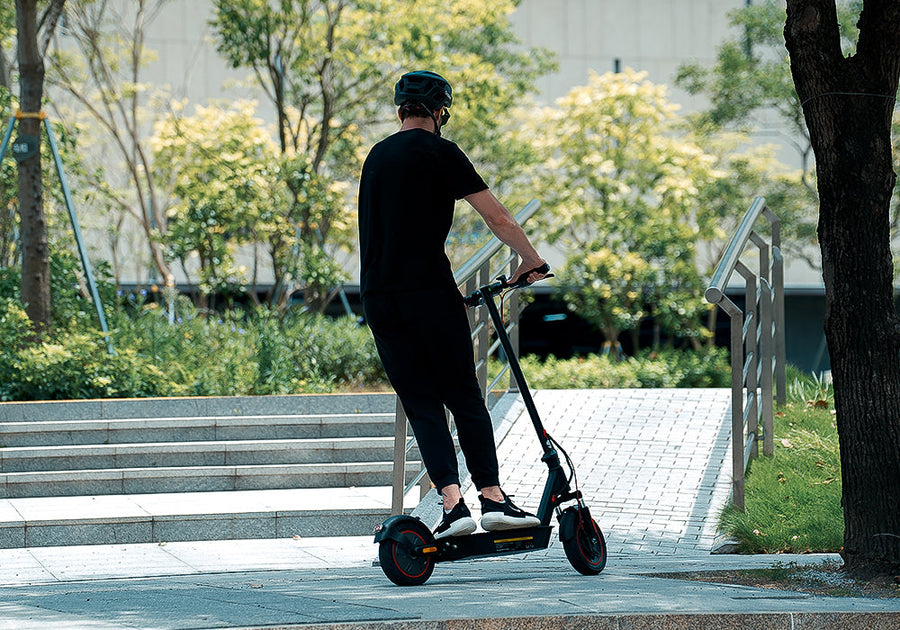


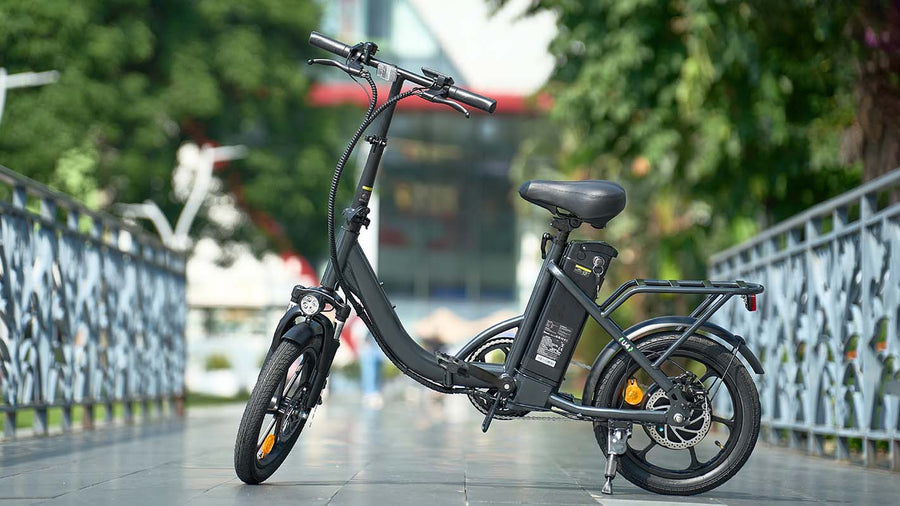
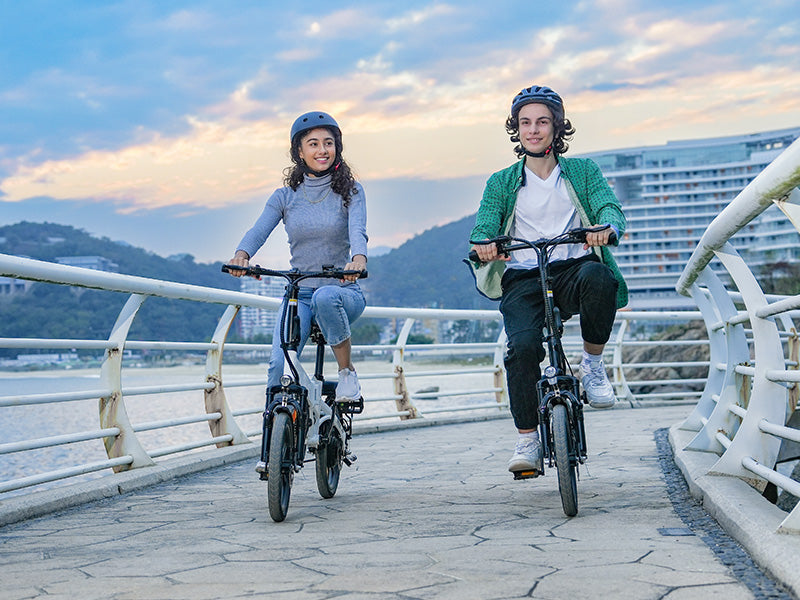
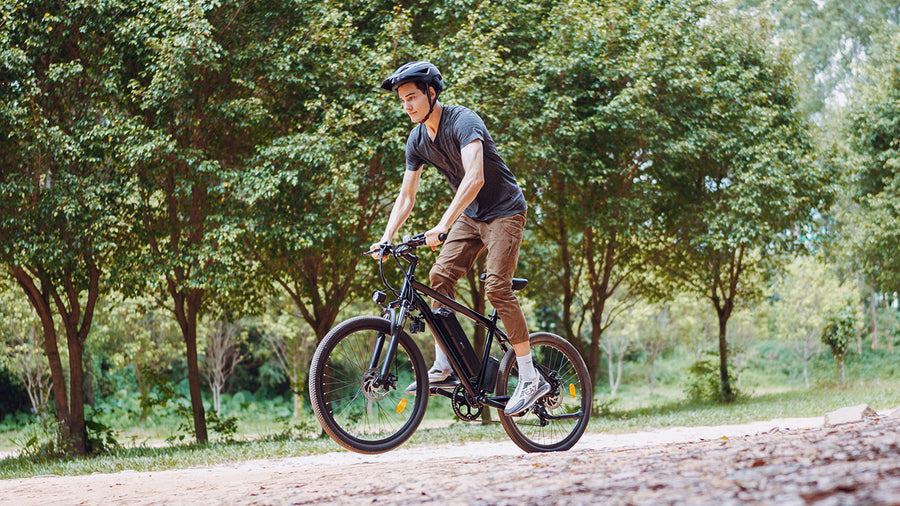


Still, need help? Contact Us: support@ihoverboard.com
What's the option? Check out the option now!
Leave us a message